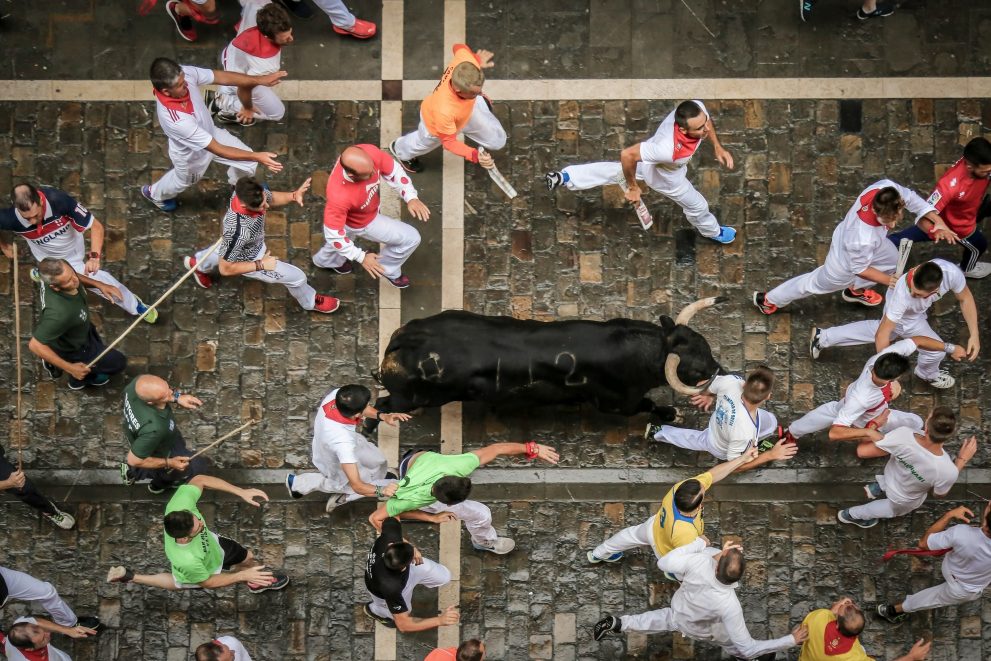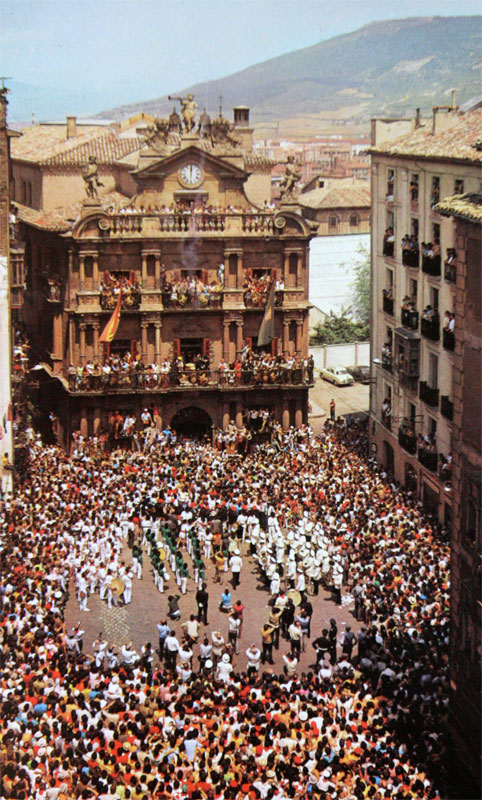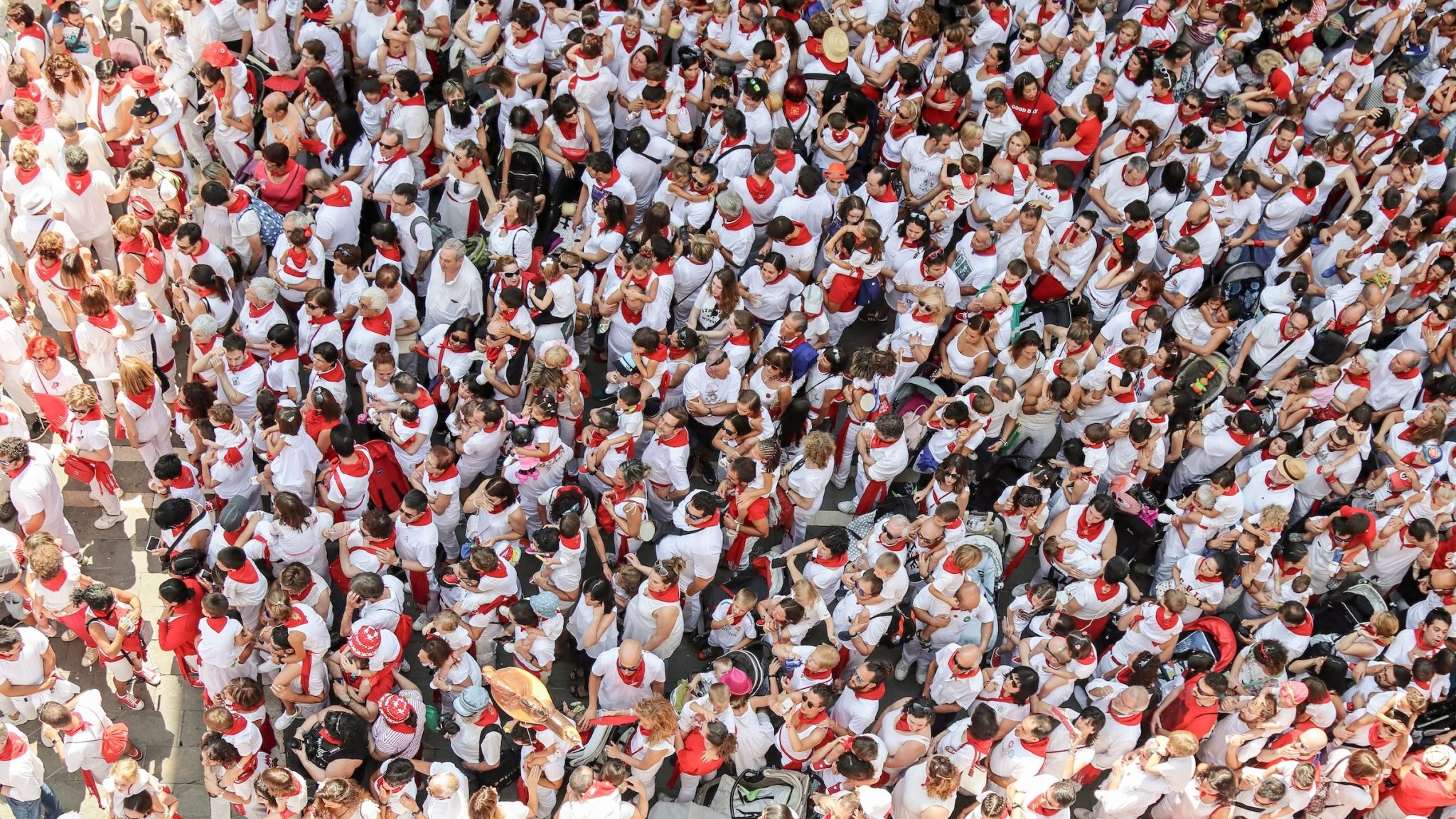San Fermín: If you are moving to Spain then this is one tradition that you must know of. We have all heard about the famous carnival of Pamplona, Navarra! Normally we would only highlight festivities that take place in Andalucía, but this one is so emblematic in Spain that we want to mark the date! On the last day of the festivity we will feature the story of the famous San Fermín and the Bull Race.
Who is San Fermín?
It is difficult to establish exactly who this saint was. Some say San Fermín de Amiens is considered the first bishop of Pamplona. Others say the stories about this saint are all based on a legend. The true historic base of this figure is lacking, and therefore, what did or didn’t happen it is not known up until this day.
There is one thing that is know, and that is that the legend of the saint came to be around the 9th Century in France, Amiens. In XII, the legend approached the city of Pamplona, in Navarra, and this marks the moment in time when the devotion for San Fermín began.
San Fermín therefore, is a party, a carnival, that celebrates him. Originally, of course, it was a religious festivity. Although, to be very honest with you, nowadays not many people attend or celebrate this with religious intentions.
Funny enough, the first documented parties were celebrated in 1186 in October. Roughly 500 years later, around 1591 and up until this day, the party was changed and celebrated in the month of July. Why? Simply because it was more appealing to make music, to dance to perform or watch comedies then. Now, every year, this festival is celebrated from July 6th to July 14th.
The Bull Race
Whether or not you know the background of San Fermín, what you undoubtedly do know of is the famous bull race. People wear white and red clothes and let themselves be chased by enormous bulls in the streets of Pamplona. Where on Earth does this tradition come from?
I’ll tell you. Originally, this tradition was born for the simple fact that for the celebration the bulls simply needed to be moved from the corral’s of Santo Domingo (outside of the city) to the plaza de toros (inside of the city). Very soon the race became a real triumph and a worldwide famous tradition. Why do people do this though? Experts have said that it is because we humans love a bit of risk. The race became a real triumph and a famous tradition because humans love the risky aspect of it. The possible exposure to danger is something that is very attractive to many of us.
The race, also known as the encierro in Spanish, is a free race of 875 meters that starts at 8AM. It consists of running in front of 6 wild bulls and 6 cabestros. They expect the bulls of 2024 to weigh between 520 and 620 kilos!

Let the party start!
After everyone is brought to safety, everyone gathers in the square to start the music and celebrate the beginning of the party with a good toast! The party is officially inaugurated with something that they call El Txupinazo (Chupinazo). In 1931 a man named Juanito Etxepare became the first man to initiate another tradition. The throwing of the chupinazo. And what is the chupinazo? Simply said: it is the act of launching a small rocket into the air that will announce the Sanfermines. Right at the signal, everyone is allowed to place the red scarf around their necks and marks the beginning of 9 intense days of uninterrupted partying.

Danielle Ernstsen | 14th July 2024

